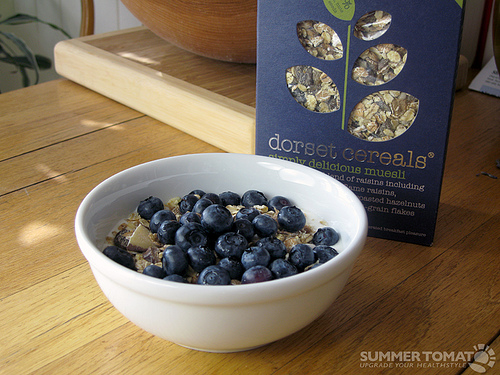 The Workman’s Holiday ~ Dedicated in honor of the worker, Labor Day is also known as the “workingman’s holiday”. The holiday is dedicated to all workers in the United States in respect and appreciation for the work they do in or outside of the home, union or non-union, big companies and small companies and au pairs too. As long as you work somewhere at something, this holiday is for you! It is a day to celebrate your contribution to American working life and the work you do.
The Workman’s Holiday ~ Dedicated in honor of the worker, Labor Day is also known as the “workingman’s holiday”. The holiday is dedicated to all workers in the United States in respect and appreciation for the work they do in or outside of the home, union or non-union, big companies and small companies and au pairs too. As long as you work somewhere at something, this holiday is for you! It is a day to celebrate your contribution to American working life and the work you do.
Was it McGuire or Maguire? Either Peter McGuire or Matthew Maguire is the Creator of Labor Day. Peter J. McGuire, was an active labor organizer. He was also general secretary of the Brotherhood of Carpenters and Joiners and a co-founder of the American Federation of Labor. He was believed to be the first to suggest a day be dedicated to American workers and their accomplishments. Matthew Maguire however, was secretary of the Central Labor Union in New York in 1882 and many believed that he proposed the holiday in 1882.
The First Labor Day ~ The first Labor Day was celebrated in New York City on September 5, 1882 and was started by the Central Labor Union in New York City. In 1884, it was moved to the first Monday in September where it is celebrated today. Labor Day quickly became popular and one state after another voted it as a holiday. On June 28, 1894, the U.S. congress voted it a national holiday.
So What do Americans eat on Labor Day? Picnics and barbecues are popular ways to celebrate Labor Day. Old standards are hamburgers, corn dogs, coleslaw, potato salad corn on the cob, baked beans and sliced tomatoes. Finish up with sliced watermelon, apple or blueberry pie and freshly churned ice cream. Sound good? Want to try a recipe?
http://www.whats4eats.com/salads/potato-salad-recipe
http://www.whats4eats.com/salads/sweet-coleslaw-recipe
http://www.whats4eats.com/desserts/blueberry-pie-recipe
What can you do with the kids on Labor Day? Schools are usually closed on labor day so the children are home for the day. Generally Americans love long weekends and it is an extra special time for families to be together. Join in and be part of the family activities. Enjoy your first Labor Day Weekend in the United States. If you recently arrived this is a great weekend to bond with the kids and get to know them. Go for a bike ride, play in the back yard, go to the park or enjoy the beach and the pool before the fall weather arrives. For indoor quiet activities try these:
Click here for Labor Day coloring pages: http://www.apples4theteacher.com/coloring-pages/labor-day/
Click here for Labor Day short stories for children: http://www.apples4theteacher.com/holidays/labor-day/short-stories/

 As the weather warms, it is likely that you will be spending more time outside. Outdoor play is important for children – to move their large muscles, enjoy the fresh air and explore nature. It is important to use sunscreen to protect from the sun’s harmful rays, and it is also important to be aware of possible disease-bearing insects.
As the weather warms, it is likely that you will be spending more time outside. Outdoor play is important for children – to move their large muscles, enjoy the fresh air and explore nature. It is important to use sunscreen to protect from the sun’s harmful rays, and it is also important to be aware of possible disease-bearing insects.
 Flying the American flag is more popular than ever. It is a symbol of the country’s values and traditions. Do you know what the stars and stripes mean? Its 13 red and white stripes represent the original colonies and the 50 stars stand for the states. You might also want to use this day to teach the children about your own flag. You can find a print out of the American flag and flags of many other countries in the Kids Culture Corner
Flying the American flag is more popular than ever. It is a symbol of the country’s values and traditions. Do you know what the stars and stripes mean? Its 13 red and white stripes represent the original colonies and the 50 stars stand for the states. You might also want to use this day to teach the children about your own flag. You can find a print out of the American flag and flags of many other countries in the Kids Culture Corner With the start of school it’s easy to rush out the door and forget to eat a healthy and nutritious breakfast. Remember that children need a balanced diet including milk, meat, vegetables, fruit and grain. Breakfast should include at least three of those groups.
With the start of school it’s easy to rush out the door and forget to eat a healthy and nutritious breakfast. Remember that children need a balanced diet including milk, meat, vegetables, fruit and grain. Breakfast should include at least three of those groups.